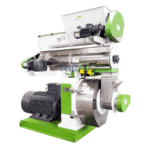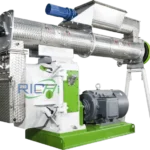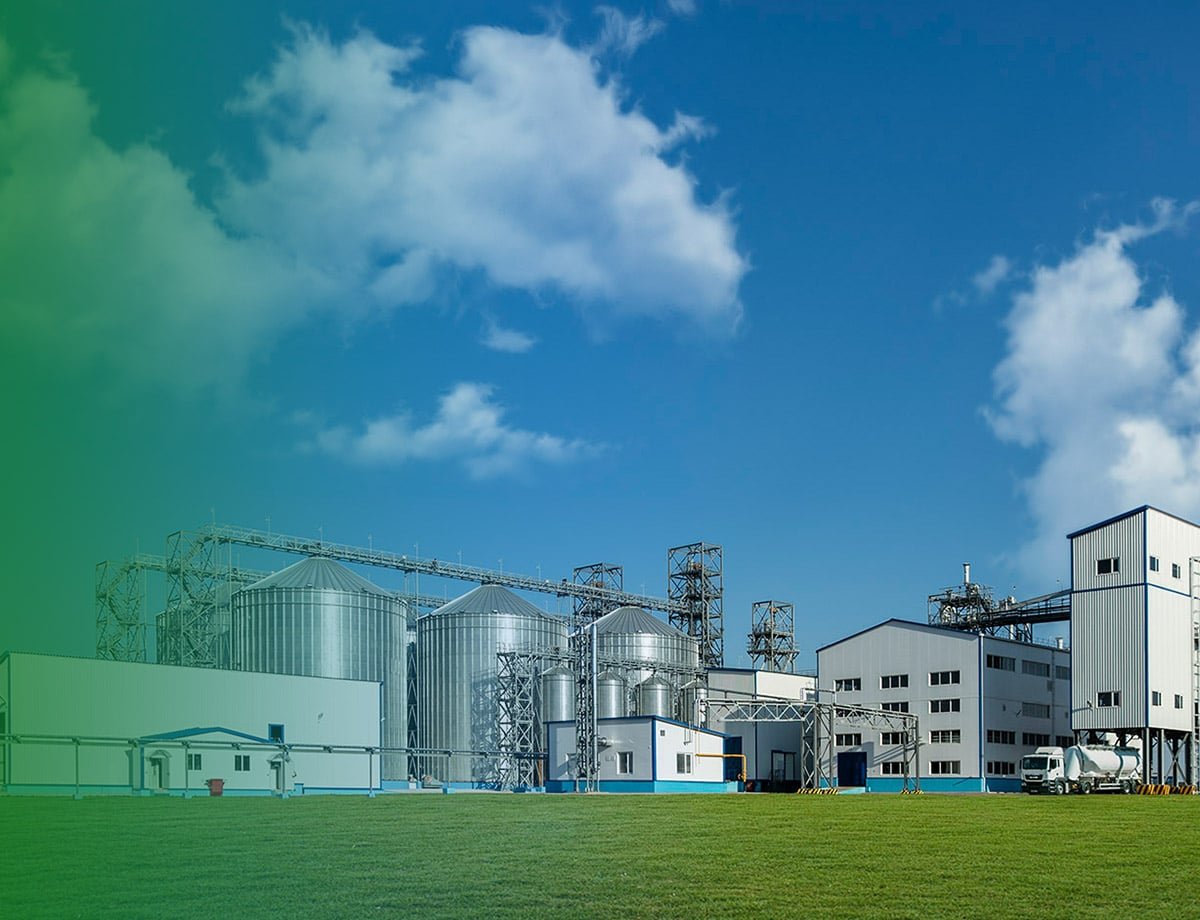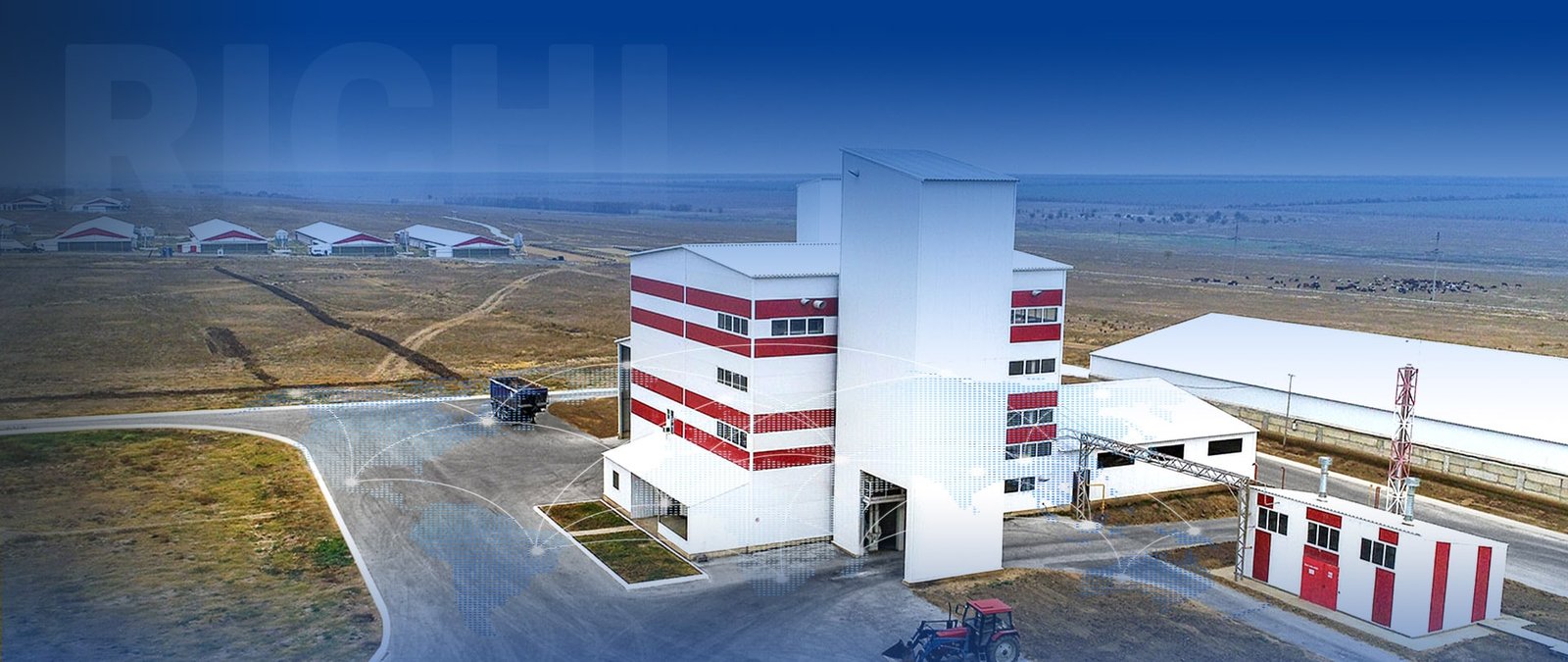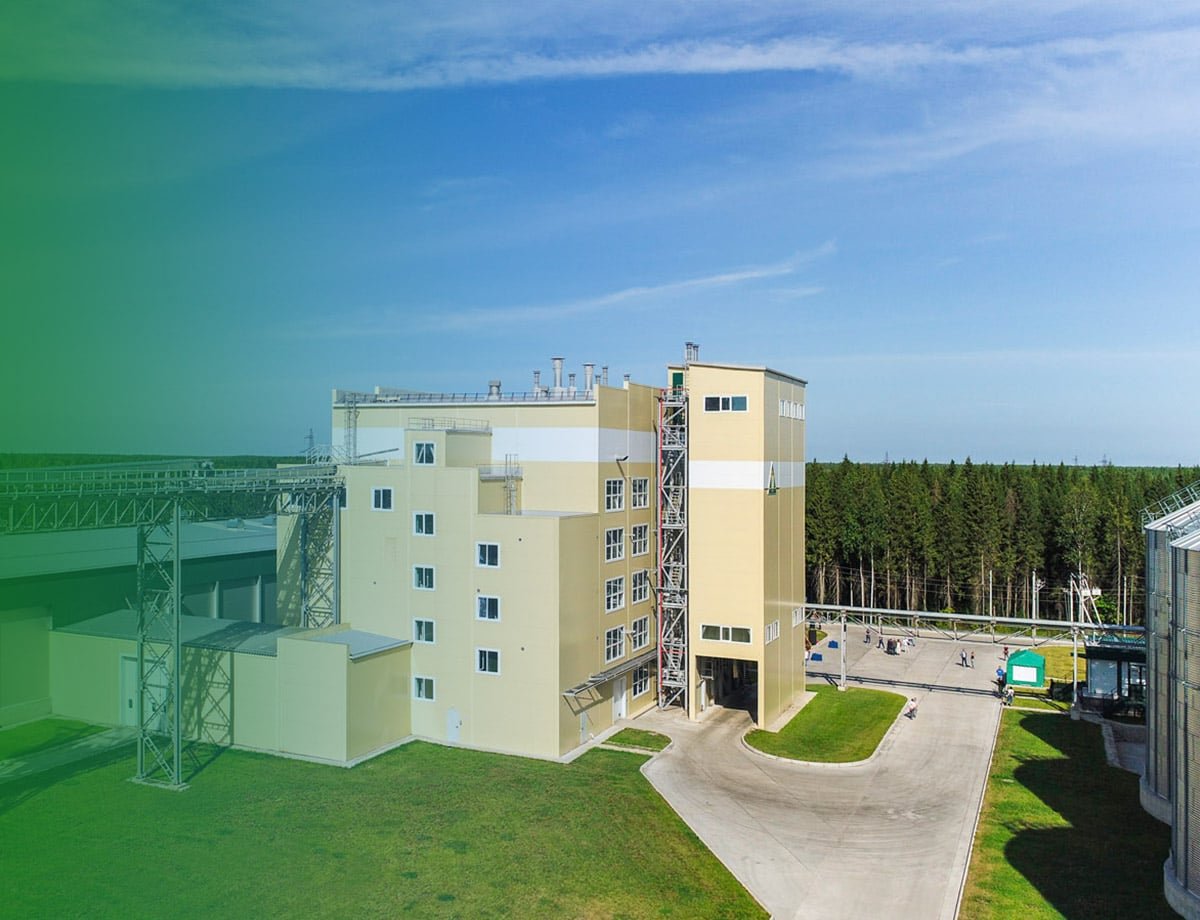Introduction
In recent years, the global shift toward sustainable agriculture has sparked growing interest in organic poultry farming. Consumers are increasingly seeking poultry products free from synthetic additives, antibiotics, and genetically modified ingredients. To meet this demand, poultry producers must optimize every aspect of their operation—starting with feed.
At the heart of organic poultry production lies a critical tool: the poultry feed pellet machine. These machines enable farmers to produce high-quality, customized feed using natural, locally sourced ingredients. More than a production tool, they are a cornerstone of sustainability, animal welfare, and environmental responsibility.
This article explores how poultry feed pellet machines support sustainable and organic farming systems, reduce costs, and enhance the overall productivity and ethics of poultry enterprises.
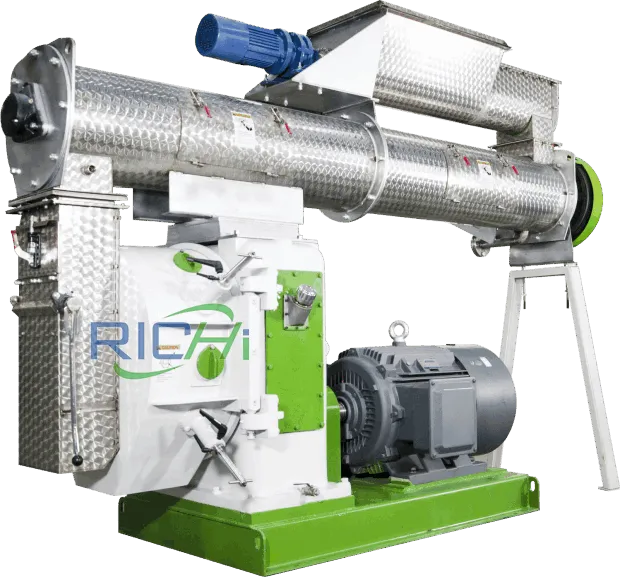
1. Defining Sustainable and Organic Poultry Farming
Before diving into the technology, it’s important to understand what makes poultry farming “organic” or “sustainable.”
- Organic Farming: Avoids synthetic fertilizers, pesticides, antibiotics, and GMOs. Feed must be 100% organic.
- Sustainable Farming: Focuses on ecological balance, minimizing environmental impact, and improving long-term productivity.
Both systems require natural feed formulations, and this is where the poultry feed pellet machine becomes essential.
2. Feed: The Foundation of Organic Poultry Production
Feed quality directly impacts poultry health, growth rates, and egg or meat quality. Organic poultry feed must meet strict criteria:
- Free from synthetic additives
- Made from non-GMO crops
- Locally or sustainably sourced
- Balanced in nutrients for each poultry type
Producing this feed in-house with a pellet machine ensures full control over ingredients and compliance with organic standards.
3. Why Pelletizing Feed Is Essential for Organic Systems
Pelletizing feed provides numerous benefits in organic poultry farming:
3.1. Improved Digestibility
Pelletizing breaks down fiber, increases nutrient availability, and makes it easier for birds to digest whole grains, legumes, and natural additives.
3.2. Uniform Nutrient Distribution
A poultry feed pellet machine blends diverse ingredients (e.g., maize, soybean meal, flaxseed, herbs) into consistent, balanced pellets.
3.3. Reduced Feed Waste
Pellets reduce spillage and selective feeding, ensuring birds consume the complete ration.
3.4. Natural Preservation
Pelletizing involves heat and pressure, which can naturally reduce microbial contamination—minimizing the need for artificial preservatives.
4. Environmentally Friendly Feed Production
Organic farmers strive to minimize carbon emissions, reduce resource use, and limit pollution. Poultry feed pellet machines help achieve this by:
- Utilizing Local Crops: Reduces transportation-related emissions.
- Upcycling Waste: Converts by-products (e.g., wheat bran, rice husks) into high-value pellets.
- Reducing Packaging Waste: Eliminates the need for commercial bagged feed.
- Energy Efficiency: Newer pellet machines are designed to consume less power while maximizing output.
This aligns with the sustainability goals of modern agriculture.
5. Flexibility in Organic Formulations
With a poultry feed pellet machine, farmers can tailor feed to their specific production goals:
5.1. Meat Production (Broilers)
- High-protein, high-energy pellets
- Inclusion of organic fish meal, sunflower cake, or black soldier fly larvae
5.2. Egg Production (Layers)
- Calcium-rich feed with natural oyster shell powder
- Herbal additives for yolk color and shell strength
5.3. Specialty Products (Omega-3 Eggs, Pasture-Raised Meat)
- Incorporation of flaxseed, kelp meal, turmeric, garlic, and other functional ingredients
Such customization is difficult with commercial organic feed but simple with in-house pellet production.
6. Enhancing Animal Welfare and Health
Organic systems prohibit antibiotics and synthetic medications. Nutrition must support natural immunity.
Poultry feed pellet machines allow farmers to include:
- Probiotics and prebiotics to support gut health
- Herbs like oregano, thyme, and neem for antimicrobial effects
- Diatomaceous earth for parasite control
- Seaweed for mineral support and thyroid health
Pellets ensure birds consume these health-boosting ingredients consistently.
7. Economic Advantages of In-House Pelletizing
Organic feed is often expensive and scarce. A poultry feed pellet machine helps cut costs significantly:
| Expense | Commercial Organic Feed | Self-Pelletized Feed |
|---|---|---|
| Feed Price/kg | $0.70–$1.20 | $0.30–$0.60 |
| Transport | High | Low (on-farm) |
| Customization | Limited | Full control |
| Waste | More (crumbs, dust) | Minimal |
Over time, the machine pays for itself and improves the farm’s financial sustainability.
8. Compliance and Certification Support
To be certified organic, farms must maintain transparent records and traceability. With your own pellet machine:
- You can document all ingredients used
- Ensure full traceability of feed batches
- Avoid contamination from non-organic commercial mills
This simplifies audits and boosts credibility in the organic market.
9. Case Study: A Small Organic Poultry Farm
Green Valley Organics in Oregon operates a 5000-bird laying hen farm.
Before purchasing a pellet machine, they were paying over $700 per ton for organic feed. With a locally sourced feed formula and a 500kg/h ring die pelletizer:
- Feed costs dropped by 40%
- Egg quality improved due to fresh, consistent pellets
- The farm gained organic certification more easily with documented feed records
The machine paid for itself in 12 months.
10. Choosing the Right Pellet Machine for Organic Operations
Important features to look for:
- Stainless steel feed contact areas
- Flat die or ring die, depending on production scale
- Multi-ingredient mixer attachment
- Energy-saving motors
- Digital controls for precision and repeatability
- Easy to clean to avoid cross-contamination
For most organic farms, a 300–1000 kg/h flat die machine with a small mixer and grinder setup offers a perfect balance of cost, output, and flexibility.
11. Future Trends: Sustainable Innovation
As organic poultry farming expands, feed pellet machines will continue to evolve with:
- Solar-powered pelletizers for off-grid farms
- Mobile pellet units for cooperative farming
- AI-enabled machines for smart formulation
- Blockchain integration for feed traceability
These innovations will empower more farmers to participate in sustainable poultry production.
Conclusion
The poultry feed pellet machine is more than a piece of equipment—it’s a catalyst for sustainable transformation. It gives farmers the power to control feed quality, lower costs, enhance animal health, and meet the rising demand for organic poultry products.
By investing in a reliable pelletizing system, poultry farmers align with the values of transparency, environmental responsibility, and animal welfare. In doing so, they not only protect the planet but also future-proof their farm for the growing organic economy.
